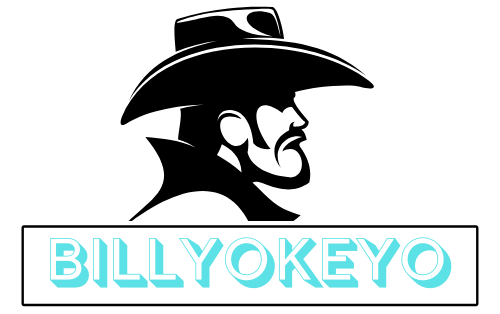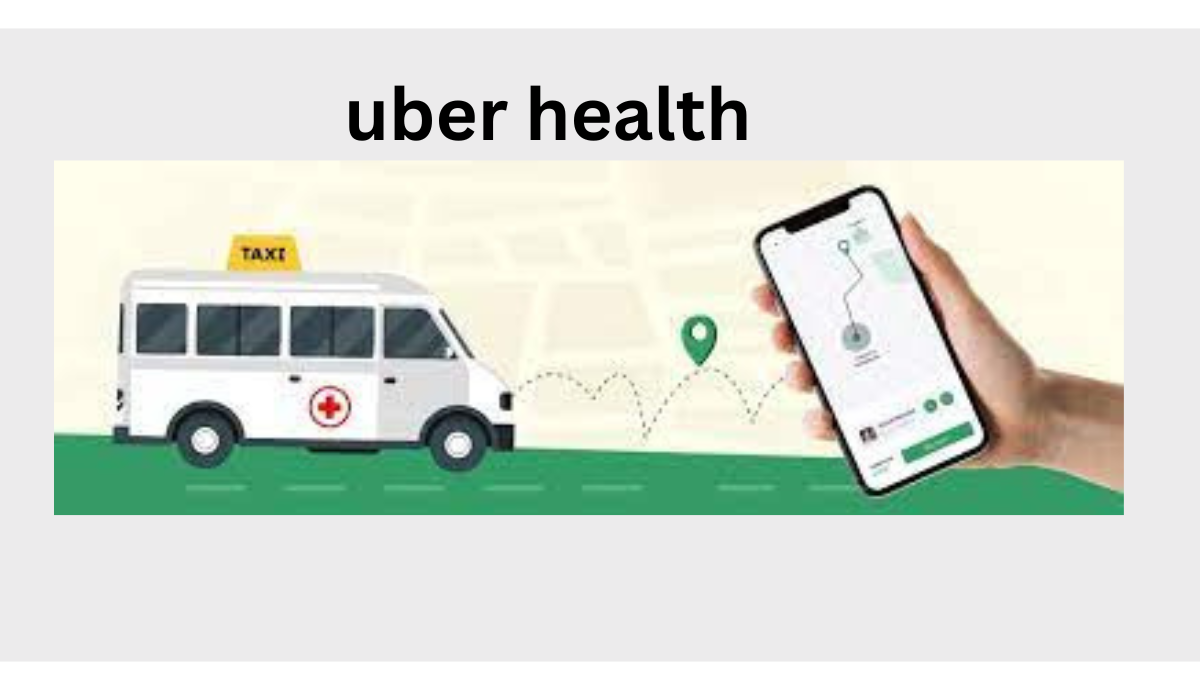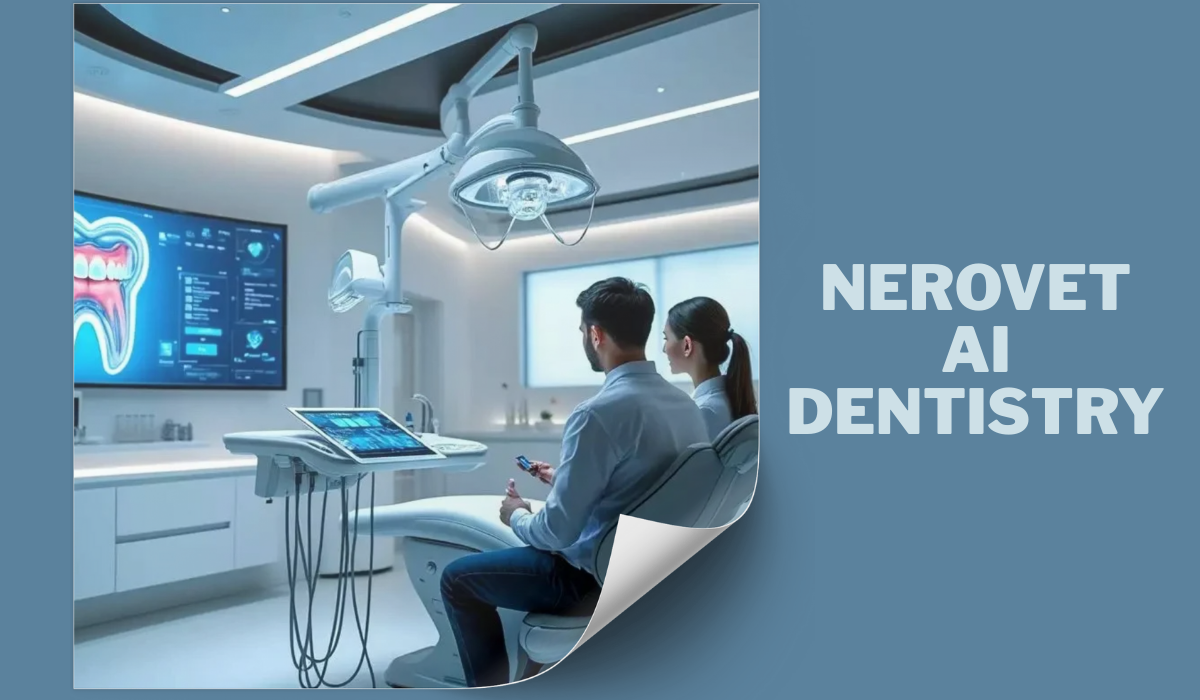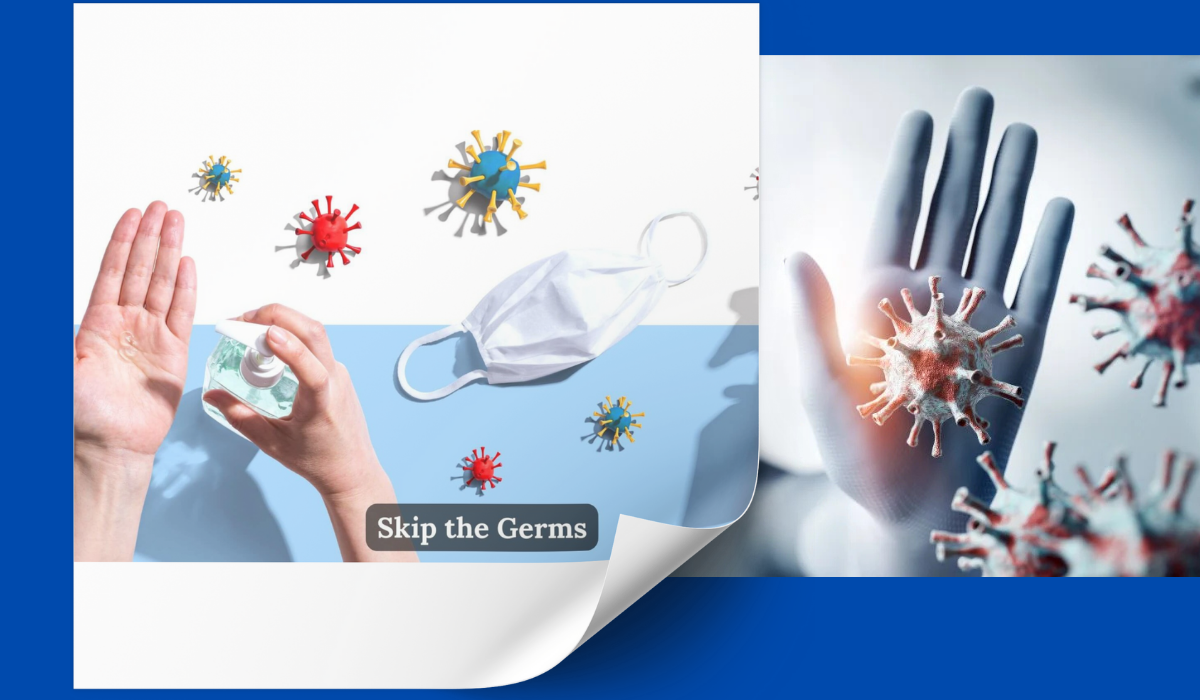In today’s fast-paced world, healthcare isn’t just about having access to a doctor or hospital—it’s about being able to get there. Millions of people every year miss critical medical appointments simply because they lack reliable transportation. Enter Uber Health, a game-changing innovation that is bridging the gap between patients and care by providing non-emergency medical transportation (NEMT) using the same platform that revolutionized personal mobility.
With the rise of telemedicine, online pharmacies, and digital health solutions, the healthcare industry is undergoing a digital transformation—and Uber Health is playing a vital role in this ecosystem. In this in-depth article, we’ll explore what Uber Health is, how it works, who it helps, and why it matters more than ever.
1. What is Uber Health?
Launched in 2018, Uber Health is a HIPAA-compliant platform created by Uber to offer reliable, flexible, and affordable transportation to and from medical appointments. Unlike the traditional Uber app, this service is designed to be used by healthcare providers, organizations, or caregivers—not the patients themselves.
Uber Health allows medical professionals to schedule rides for patients, staff, or caregivers without requiring the rider to own a smartphone or even the Uber app. Instead, ride details are sent via SMS or a phone call, making it accessible for elderly or digitally disconnected patients.
Key Features of Uber Health:
-
HIPAA compliance to protect patient data
-
No smartphone required for the rider
-
Flexible scheduling, including same-day or weeks in advance
-
Round-trip or one-way rides
-
Real-time updates for care teams
-
Centralized dashboard for organizations
2. The Transportation Barrier in Healthcare
Before diving deeper into how Uber Health works, let’s understand the problem it aims to solve. According to the National Academies of Sciences, Engineering, and Medicine, an estimated 3.6 million Americans miss medical appointments each year due to lack of transportation. That’s not just inconvenient—it’s dangerous.
Missed appointments can lead to:
-
Worsening of chronic conditions
-
Increased emergency room visits
-
Higher healthcare costs for patients and providers
-
Lower patient satisfaction
-
Strain on public health resources
This issue disproportionately affects:
-
Seniors
-
Low-income individuals
-
People with disabilities
-
Rural communities
-
Medicaid and Medicare recipients
Uber Health is tackling this systemic issue by leveraging Uber’s expansive driver network to provide a reliable transportation option that doesn’t require the patient to navigate complicated systems.
3. How Uber Health Works
Unlike the standard Uber app that individuals use to request rides, Uber Health operates on a dedicated web-based dashboard or API integration used by healthcare providers. Here’s a step-by-step overview of how it typically works:
Step 1: Provider Schedules a Ride
A doctor’s office, hospital, clinic, or care manager logs into the Uber Health dashboard. They enter patient details, pickup/drop-off addresses, and schedule a ride—either on-demand or in advance.
Step 2: Patient Is Notified
The patient receives a text message or phone call with ride details—driver name, estimated time of arrival, and vehicle info. No Uber account is needed.
Step 3: Patient Takes the Ride
A nearby Uber driver picks up the patient and drops them off at their appointment. The care team can track the ride in real time.
Step 4: Billing and Reporting
The healthcare organization receives a monthly invoice with itemized ride details. This makes billing and cost tracking easy, especially for Medicaid/Medicare programs or large facilities.
This simplicity is what makes Uber Health such a powerful tool—it seamlessly integrates transportation into the care journey.
4. Who Benefits from Uber Health?
Uber Health is not a one-size-fits-all solution; its strength lies in its flexibility and broad applicability across the healthcare landscape.
1. Patients
-
Elderly individuals who can’t drive
-
People recovering from surgery or illness
-
Patients with chronic diseases needing frequent visits
-
Low-income patients without access to a car
-
Rural residents far from medical facilities
2. Healthcare Providers
-
Hospitals and clinics
-
Dialysis centers
-
Behavioral health facilities
-
Substance abuse recovery centers
-
Dental and vision clinics
3. Insurance Providers
Some Medicaid and Medicare Advantage plans are beginning to cover Uber Health rides as part of their transportation benefits. This makes the service not just convenient, but economically viable for providers and insurers alike.
5. Real-World Impact: Case Studies and Testimonials
1. MedStar Health – Washington, D.C.
MedStar Health partnered with Uber Health to help reduce missed appointments, especially in lower-income neighborhoods. Within months, they reported a decrease in no-show rates by over 20%, leading to better health outcomes and reduced administrative overhead.
2. Boston Medical Center
Uber Health has helped Boston Medical Center address food insecurity and access issues by delivering groceries and prescription medications to patients’ homes during the COVID-19 pandemic, ensuring continuity of care.
3. Senior Living Facilities
Assisted living homes have begun using Uber Health to provide flexible transportation for seniors without relying on shuttle buses or family members, giving residents more independence and dignity.
6. Addressing Privacy and Security Concerns
One of the most important elements of Uber Health is its HIPAA compliance. The Health Insurance Portability and Accountability Act (HIPAA) mandates that patient data be protected during all aspects of care—including transportation.
Uber Health does this by:
-
Ensuring patient information is encrypted
-
Separating health data from the regular Uber app
-
Restricting access to authorized healthcare staff
-
Providing secure dashboards with audit trails
This commitment to privacy helps build trust with healthcare organizations and patients alike.
7. Uber Health vs. Traditional NEMT Services
Non-Emergency Medical Transportation (NEMT) has long been provided through Medicaid-funded van services or shuttle networks. While these systems serve their purpose, they often come with drawbacks:
| Feature | Traditional NEMT | Uber Health |
|---|---|---|
| Scheduling | Often complex and inflexible | Easy, digital dashboard |
| Wait Times | Long delays common | On-demand availability |
| Accessibility | Limited coverage in rural areas | Nationwide Uber network |
| Transparency | Difficult to track | Real-time GPS updates |
| Patient Experience | Institutional and impersonal | Comfortable, familiar rides |
Uber Health modernizes NEMT by bringing a consumer-grade experience to medical transport.
8. The Role of Technology in Health Equity
At its core, Uber Health is more than just a ride—it’s a step toward health equity. When transportation is no longer a barrier, vulnerable populations can:
-
Attend regular check-ups
-
Manage chronic conditions
-
Access preventive care
-
Stay out of emergency rooms
This has broader implications for public health. By increasing access to care, we reduce the overall burden on hospitals, improve population health metrics, and create more equitable health systems.
9. Limitations and Challenges
While Uber Health is a powerful tool, it’s not without its limitations.
1. Not Available Everywhere
While Uber operates in many cities, some rural or remote areas may not have enough drivers to support the service reliably.
2. Accessibility Concerns
Some patients require wheelchair-accessible vehicles or special assistance, which may not be available through standard Uber rides.
3. Driver Training
Uber drivers are not medically trained. If a patient has complex medical needs, traditional NEMT services with trained personnel might be more appropriate.
4. Insurance Coverage
While Medicare Advantage and Medicaid plans are slowly integrating Uber Health, not all patients are eligible for subsidized rides—especially those without insurance.
10. The Future of Uber Health
The healthcare industry is undergoing massive digital transformation, and Uber Health is poised to expand its role.
Emerging Trends:
-
Prescription delivery via Uber Eats or Uber Health
-
Telehealth transportation integration, ensuring patients can get to labs or follow-ups
-
Remote patient monitoring (RPM) support, with rides to tech check-ins
-
AI-powered ride prediction to reduce wait times and optimize scheduling
With growing investment in health-tech and partnerships with hospitals and insurers, Uber Health is likely to become a standard feature in many healthcare systems.
11. How to Get Started with Uber Health
If you’re a healthcare provider, clinic, or care facility, setting up Uber Health is simple:
Steps to Launch:
-
Contact Uber Health via their official site to request access.
-
Set up your dashboard and train staff.
-
Schedule rides for your patients or staff.
-
Track metrics, ride history, and cost savings over time.
Uber also offers API integration, which allows healthcare software systems (like electronic health records or scheduling tools) to sync with Uber Health for seamless ride coordination.
12. Uber Health in a Post-COVID World
The COVID-19 pandemic has forever altered how we view healthcare access. As social distancing, virtual appointments, and home-based care become the norm, transportation remains a critical piece of the puzzle.
Uber Health has responded by:
-
Partnering with governments to transport patients to vaccination clinics
-
Offering delivery of food and medical supplies to quarantined or at-risk individuals
-
Expanding coverage in underserved areas
This flexibility proves that Uber Health isn’t just a luxury—it’s a necessity.
Conclusion: Bridging the Gap Between Care and Access
In an ideal world, healthcare would be equally accessible to everyone. Unfortunately, transportation remains a significant obstacle for millions of people, especially those who need it most. Uber Health is addressing this challenge with innovation, technology, and empathy.
By meeting patients where they are—literally—Uber Health is changing lives, reducing system strain, and reimagining what modern healthcare access looks like. As adoption grows and more partnerships are forged, the platform is set to play a crucial role in the future of public health.





